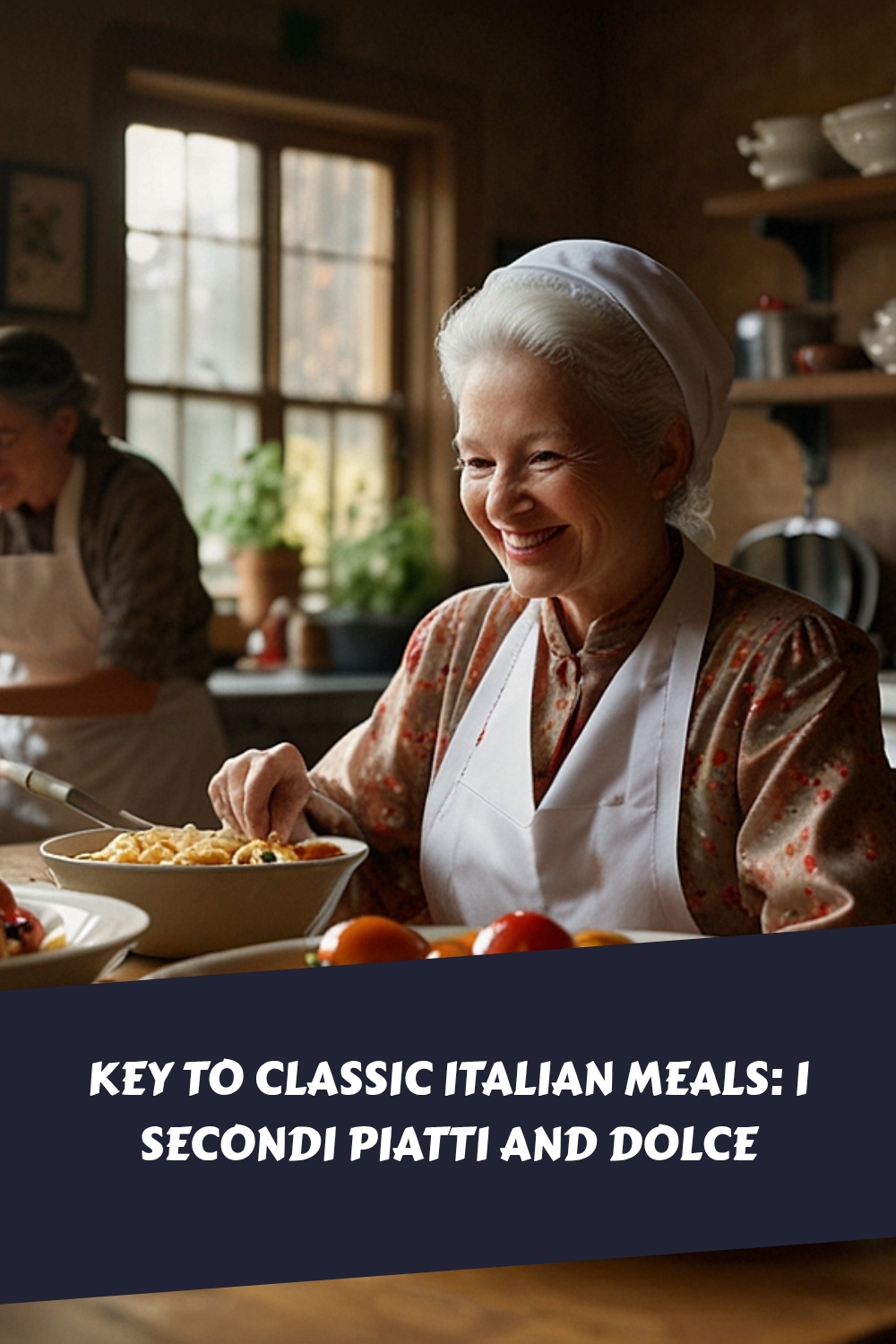Ever felt confused while learning about Italian cuisine? You’re not alone. Many find the rich variety and course structure of traditional Italian meals slightly complex, particularly when considering the secondi piatti and dolce.
Here’s an interesting detail: In Italy, secondi piatti is the centerpiece of every meal, focusing on proteins like meat or fish.
Our blog simplifies these iconic Italian dishes into clear, comprehensible sections. We will guide you through the deliciously diverse mortadella meatballs, grilled octopus, and chicken saltimbocca before moving on to the sweet deserts like torta salata di zucca and more.
With us, you’ll become proficient in enjoying an Italian meal as if you were dining in Venice or Rome—right from your own kitchen table.
Prepare yourself to cook like an Italian chef!
Key Takeaways
- I Secondi Piatti focuses on protein-rich dishes like veal meatballs and grilled octopus, showing Italy’s diverse cooking styles.
- Each secondi piatto dish uses high-quality ingredients and can be paired with contorni to make the meal more enjoyable.
- Dolce includes desserts ranging from savory pumpkin pie to almond-crusted plaice, highlighting regional flavors.
- Cooking Italian meals at home allows you to explore different tastes and traditions from Italy’s regions.
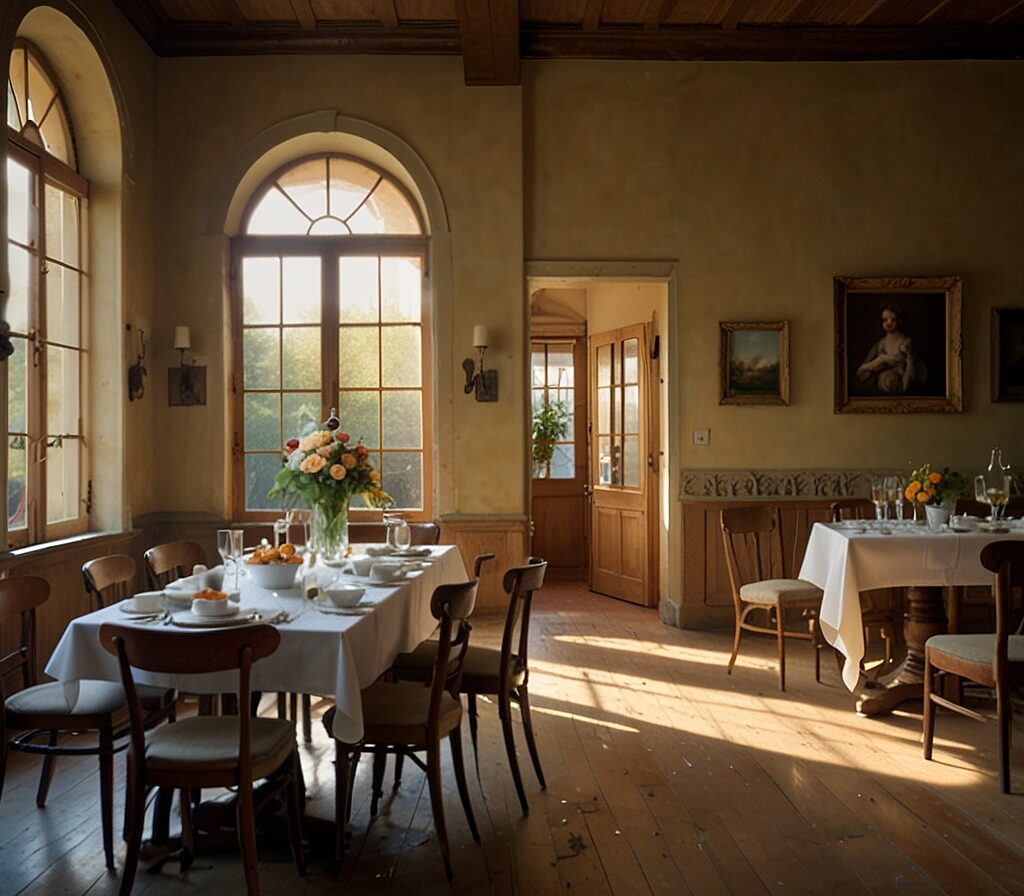
Classic Italian Dishes
Structure and Essentials
Italian cuisine is renowned for its structure, simplicity, and regional diversity. A traditional Italian meal is composed of multiple courses, with the secondi piatti (main courses) and dolci (desserts) being central highlights. Here’s a guide to classic Italian dishes, focusing on secondi piatti recipes, iconic desserts, and tips for authentic Italian cooking at home.
Italian Meal Structure – A typical Italian meal includes:
Antipasto: Appetizer, often cold cuts, cheese, or vegetables.
Primo: First course, usually pasta, risotto, or soup.
Secondo: Main course, featuring meat, fish, or eggs.
Contorno: Side dish, typically vegetables.
Dolce: Dessert.
Caffè & Digestivo: Espresso and sometimes a liqueur.
Secondi Piatti: Classic Main Course Recipes
Secondi piatti are the heart of the meal, focusing on proteins and often accompanied by a simple vegetable side. Here are some traditional recipes:
Meat-Based Secondi
Ossobuco alla Milanese:
Veal shank braised slowly with white wine, vegetables, and broth, often served with gremolata (lemon zest, garlic, parsley) and polenta. This Lombardian classic is prized for its rich, tender meat and marrow.
Saltimbocca alla Romana:
Veal cutlets topped with prosciutto and sage, cooked in white wine and butter—a Roman specialty.
Bistecca alla Fiorentina:
A thick, grilled Florentine T-bone steak, simply seasoned and cooked rare, highlighting the quality of Tuscan beef.
Pollo alla Cacciatora (Chicken Cacciatore):
Chicken braised with tomatoes, onions, herbs, and sometimes olives or peppers, a rustic dish from central Italy.
Braciole:
Thin beef slices rolled with herbs and cheese, simmered in tomato sauce, popular in southern regions.
Fish & Seafood Secondi
Pesce al Forno:
Baked fish, often with herbs, lemon, and olive oil, reflecting Italy’s coastal cuisine.
Impepata di Cozze:
Mussels cooked with black pepper, garlic, and white wine, typical of southern Italy.
Vegetarian Secondi
Parmigiana di Melanzane (Eggplant Parmesan):
Slices of eggplant layered with tomato sauce and cheese, baked until bubbly—a southern Italian classic.
Carciofi alla Giudia:
Deep-fried artichokes, a Roman-Jewish specialty.
Dolce: Classic Italian Desserts
Italian desserts (dolci) are as varied as the regions themselves, ranging from creamy to crispy, simple to elaborate.
Timeless Italian Sweets
Tiramisù:
Layers of coffee-soaked ladyfingers, mascarpone cream, and cocoa powder. Originating from Veneto, it’s Italy’s most iconic dessert.
Panna Cotta:
Silky, creamy dessert set with gelatin and often served with fruit coulis or caramel.
Cannoli Siciliani:
Crisp pastry tubes filled with sweetened ricotta, sometimes with chocolate chips or candied fruit—a Sicilian favorite.
Ricciarelli:
Soft almond cookies from Siena, perfect with coffee or dessert wine.
Babà:
Rum-soaked sponge cakes, especially popular in Naples.
Pasticciotto:
Shortcrust pastry filled with custard, typical of Lecce in Puglia.
Maritozzo:
Sweet brioche bun filled with whipped cream, a Roman treat with a romantic backstory.
SHOP NOW ZAZZLE - CLICK BELOW
Traditional Italian Food: Regional and Iconic Dishes
Italian cuisine is deeply regional, with each area boasting its own specialties:
-
Pizza Napoletana: The original Neapolitan pizza, with a thin, chewy crust, San Marzano tomatoes, mozzarella, and basil.
-
Risotto alla Milanese: Creamy risotto flavored with saffron, a Milanese staple.
-
Cacio e Pepe: Roman pasta dish with Pecorino Romano and black pepper—simple, bold, and ancient.
-
Ragù alla Bolognese: Slow-cooked meat sauce, served with tagliatelle in Emilia-Romagna.
-
Arancini: Sicilian fried rice balls, filled with ragù, peas, and cheese.
Italian Cooking at Home: Tips for Authenticity
-
Use Seasonal, Fresh Ingredients: Italians prioritize quality and seasonality for maximum flavor.
-
Cook Pasta Al Dente: Firm to the bite, never overcooked7.
-
Master the Basics: Learn to make simple sauces, risotto, and classic desserts—focus on technique and balance.
-
Don’t Overcomplicate: Italian food shines with just a few, high-quality ingredients.
-
Enjoy the Ritual: Italian meals are about enjoyment and sharing; take your time and savor each course.
Sample Secondi Piatti Recipe: Ossobuco alla Milanese
Ingredients:
- Veal shanks (bone-in)
- Flour
- Onion, carrot, celery
- White wine
- Beef or veal stock
- Butter, olive oil
- Lemon zest, garlic, parsley (for gremolata, optional)
- Salt, pepper
Method:
- Dredge veal shanks in flour, brown in butter and oil.
- Remove meat, sauté chopped vegetables until soft.
- Deglaze with white wine, return meat to pan, add stock.
- Cover and simmer gently for 2–3 hours until tender.
- Serve with gremolata and polenta or risotto.
Sample Dolce Recipe: Panna Cotta
Ingredients:
-
Double cream
-
Sugar
-
Gelatin leaves or powder
-
Vanilla pod or extract
Method:
- Soak gelatin in cold water.
- Heat cream with sugar and vanilla until just simmering.
- Remove from heat, add gelatin to dissolve.
- Pour into molds, chill until set.
- Serve with berry compote or caramel.
Bringing Italy Home
Cooking Italian food at home is about respecting tradition, quality, and simplicity. Whether you’re preparing a hearty ossobuco, a comforting eggplant parmigiana, or a classic tiramisu, focus on authentic ingredients and savor the process—la dolce vita begins in your kitchen.
Highlighted Secondi Piatti Dishes

The dishes in the secondi piatti section really show off what Italian cooking is about. From Mortadella and Pistachio Veal Meatballs to Braised Beef with Shallots & Carrots, these meals make the main course exciting.
Mortadella and Pistachio Veal Meatballs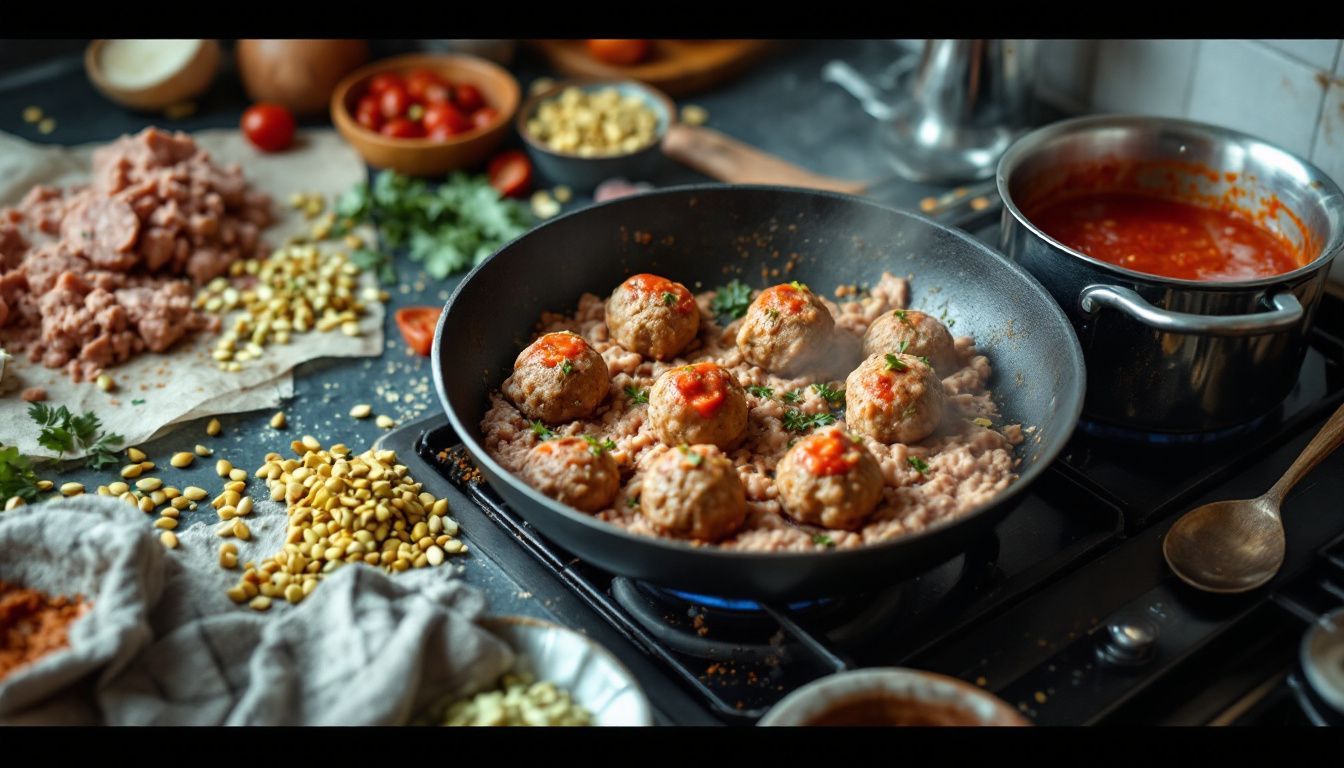 Mortadella and pistachio veal meatballs are a twist on classic Italian cooking. Chefs mix ground veal with chopped mortadella, a type of Italian sausage. Then, they add crushed pistachios for a nutty flavor.
Mortadella and pistachio veal meatballs are a twist on classic Italian cooking. Chefs mix ground veal with chopped mortadella, a type of Italian sausage. Then, they add crushed pistachios for a nutty flavor.
This mix makes the meatballs rich and unique.
After shaping them into balls, cooks brown the meatballs in a pan. Next, they simmer them in tomato sauce until tender. People often serve these meatballs as a main course during lunch or dinner.
They pair well with salad or contorno dishes like roasted vegetables.
Grilled Octopus | Polpo alla Griglia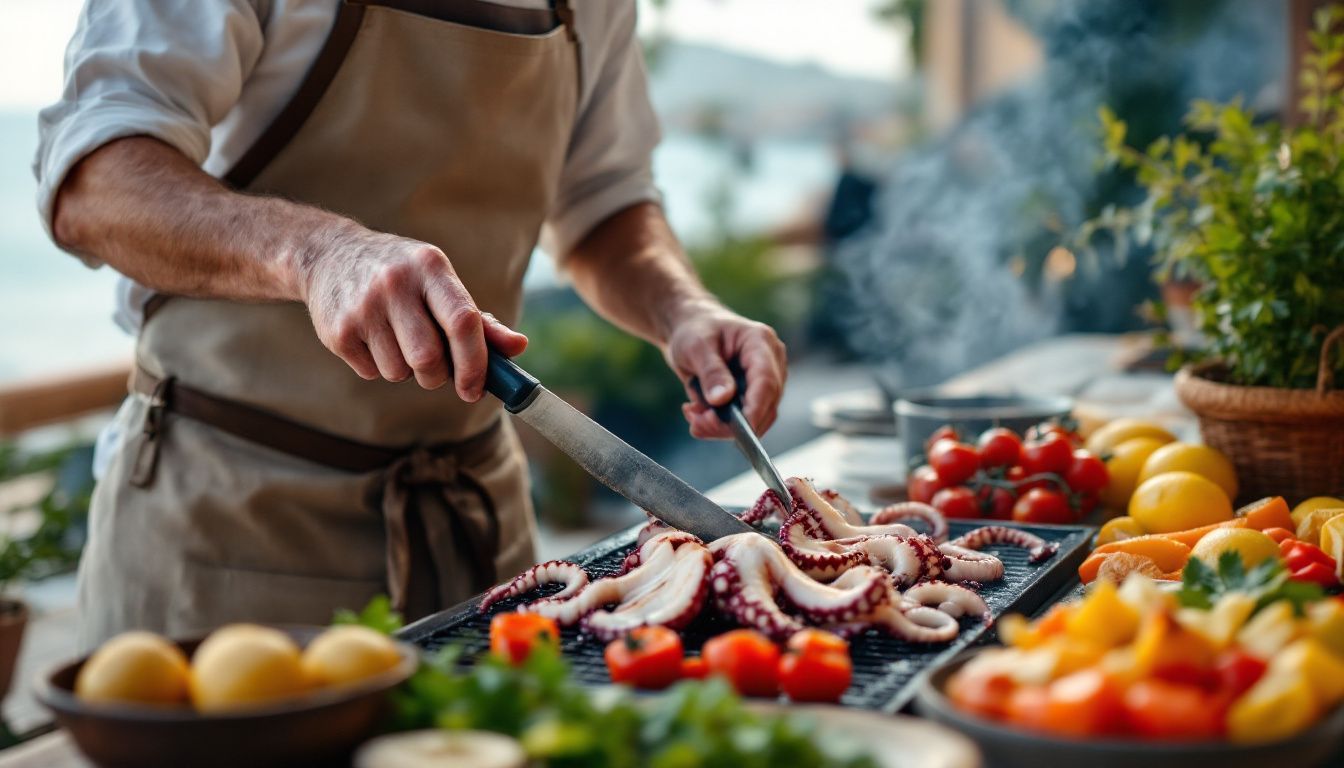
Next up is Grilled Octopus, or Polpo alla Griglia. This dish shines with its unique flavors and textures. The octopus gets grilled to perfection, giving it a smoky taste that pairs well with its tender meat.
It is often served with fresh herbs and lemon for added brightness.
Octopus is a popular choice in coastal regions of Italy. Many people enjoy this seafood as part of their secondi piatti course. Each region may have its own twist on the recipe, showcasing local ingredients and cooking methods.
In some places, you might find it served alongside contorni like grilled vegetables or roasted potatoes.
It’s important to note that grilling octopus requires skill. Chefs have to prepare it carefully to avoid toughness. A good grill marks each piece beautifully while keeping the insides juicy and tender…
Now that’s how you make an impression at your table!
The perfect bite blends savory, sweet, and tangy all at once.
Chicken Saltimbocca
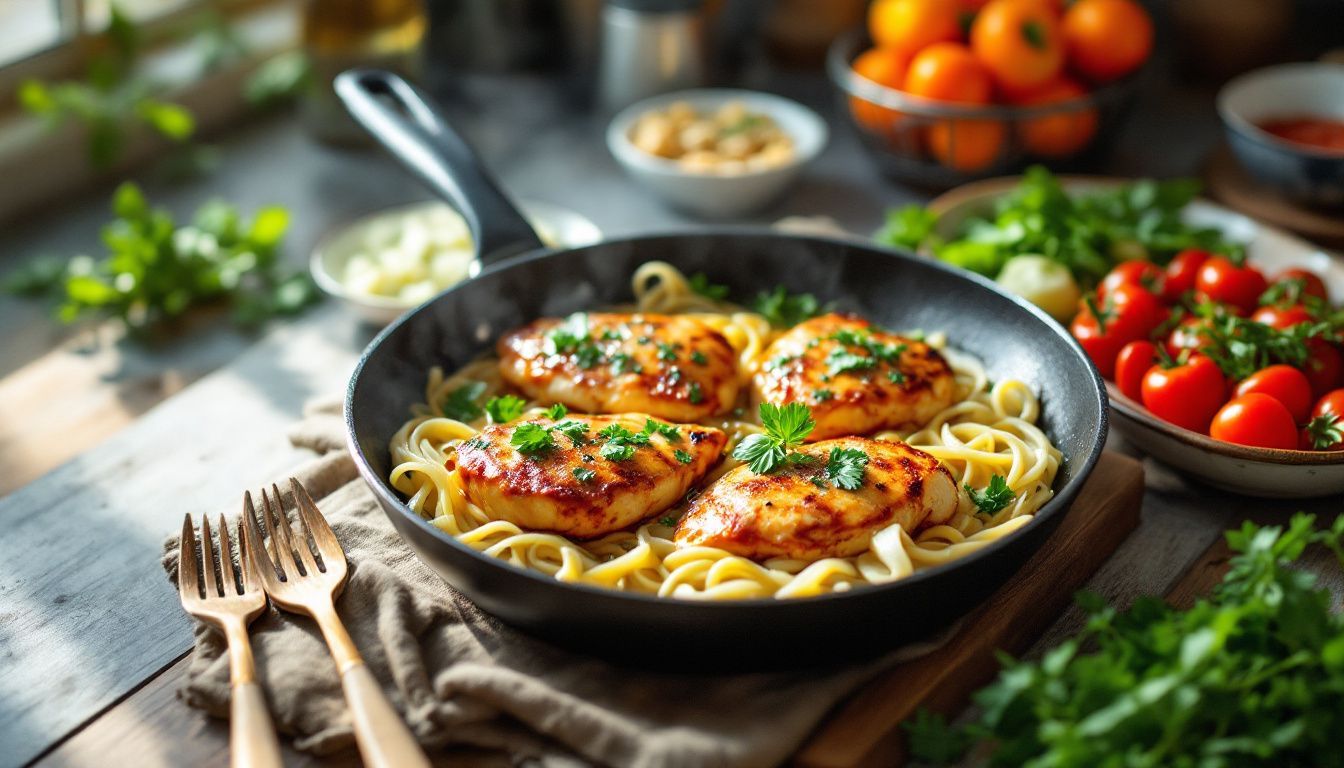
Chicken Saltimbocca is a classic Italian dish. It features chicken breast layered with prosciutto and sage. This gives it a rich flavor that many love. The name “saltimbocca” means “jump in the mouth.” This dish often uses simple, fresh ingredients.
Cooking Chicken Saltimbocca is quick and easy. You can pan-fry it for a crispy texture. Traditionally, it’s served with sides like contorni, which add color and taste to the meal. Many enjoy this dish as part of I Secondi Piatti during an Italian feast, where proteins take center stage alongside other delights like chuck roast or brasciole.
Braised Beef with Shallots & Carrots
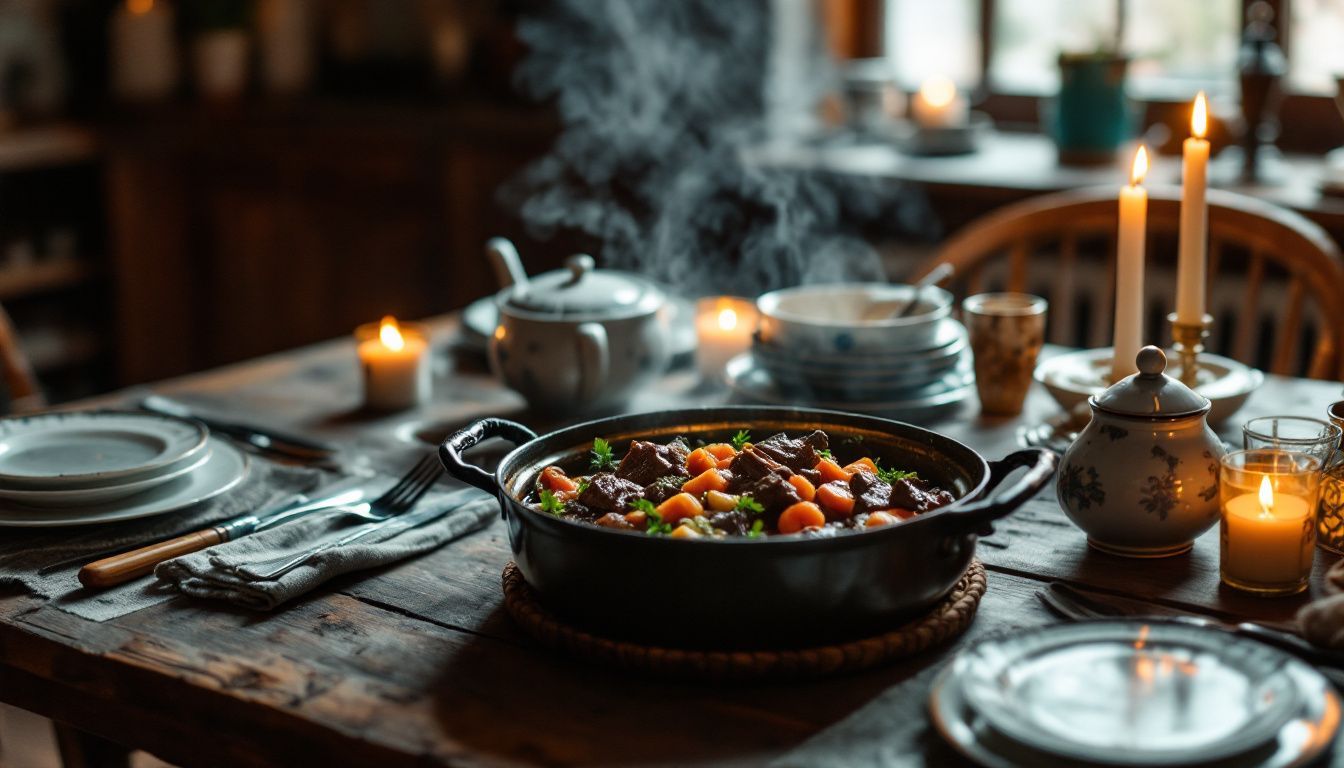
Next up is Braised Beef with Shallots & Carrots. This dish showcases the beauty of Italian cooking. It features tender beef, slow-cooked until it melts in your mouth. The dish uses shallots and carrots, adding a nice touch of sweetness.
Braised beef falls into the category of secondi piatti, which focuses on meat or fish as the main attraction. On an Italian menu, this type of dish can be one of the priciest options.
It’s perfect for those who enjoy hearty meals with rich flavors. Some may even serve contorni alongside it to enhance the experience further.
Unique Features of Secondi Piatti
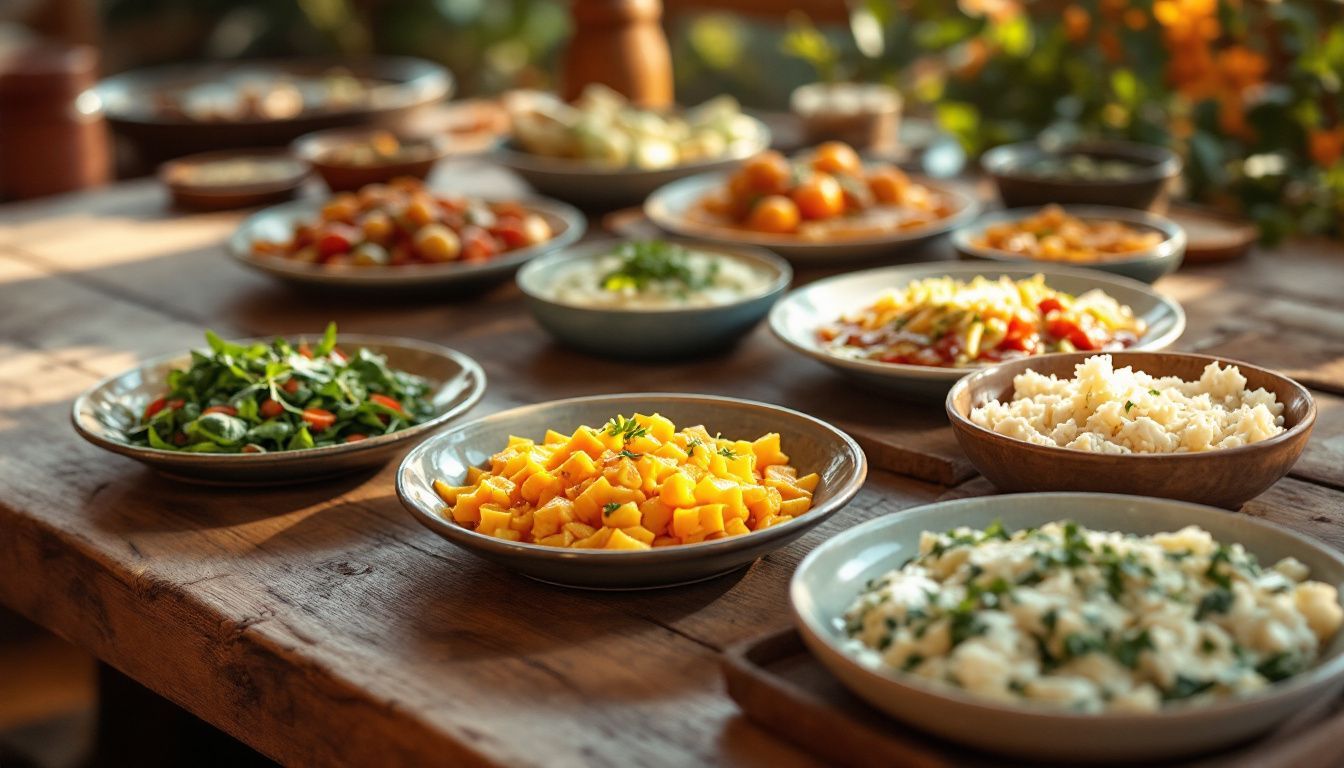
Secondi Piatti shines a spotlight on protein-rich dishes that celebrate Italy’s diverse regions and their cultures. Each plate tells a story through local ingredients and traditional methods.
Curious about what makes these dishes special? There’s much more to explore!
Emphasis on Protein
Italian meals focus heavily on protein. The secondo piatto often features meat, fish, or vegetables as the main dish. Common choices include sausages, chicken saltimbocca, and veal meatballs.
Each dish highlights high-quality ingredients.
In regions like Northern Italy, you’ll find unique variations too. Some dishes use fresh seafood while others might include rich meats like abbacchio alla romana (Roman-style lamb).
These local specialties show how culture influences food.
The emphasis on protein makes secondi piatti filling and satisfying. It pairs well with contorni, or side dishes, to enhance the meal further. Now let’s explore dolce….
Regional Variations, including the Vibrant Culture of Northern Italy
Northern Italy boasts a rich food culture. Each region adds its own twist to classic dishes. For example, in Lombardy, you might find risotto alongside osso buco, while Liguria offers pesto with fresh pasta dishes.
These variations make every meal unique and exciting!
The emphasis on protein shines brightly here too. Meat dishes like braised beef or grilled octopus are popular choices. Seafood is often featured along the coast, while hearty meats are common inland.
Discovering these local flavors enhances your dining experience at Italian restaurants and when cooking at home… Now let’s explore Dolce!
Introduction to Dolce

Dolce, the dessert course in a traditional Italian meal, serves as a sweet finale. It marks the conclusion of the dining experience and adds joy to every meal. Desserts can range from rich cakes to light sorbets.
They often appeal to various tastes and preferences.
Desserts are an important component of Italian cuisine, showcasing flavors from each region. Cookies, cakes like Torta salata di zucca (Savory Pumpkin Pie), and fruit-based delights are popular options.
The focus on flavor ensures that dolci satisfy sweet cravings while also complementing the preceding courses—especially after hearty secondi piatti dishes such as Chicken Saltimbocca or Grilled Octopus.
Popular Dolce Options
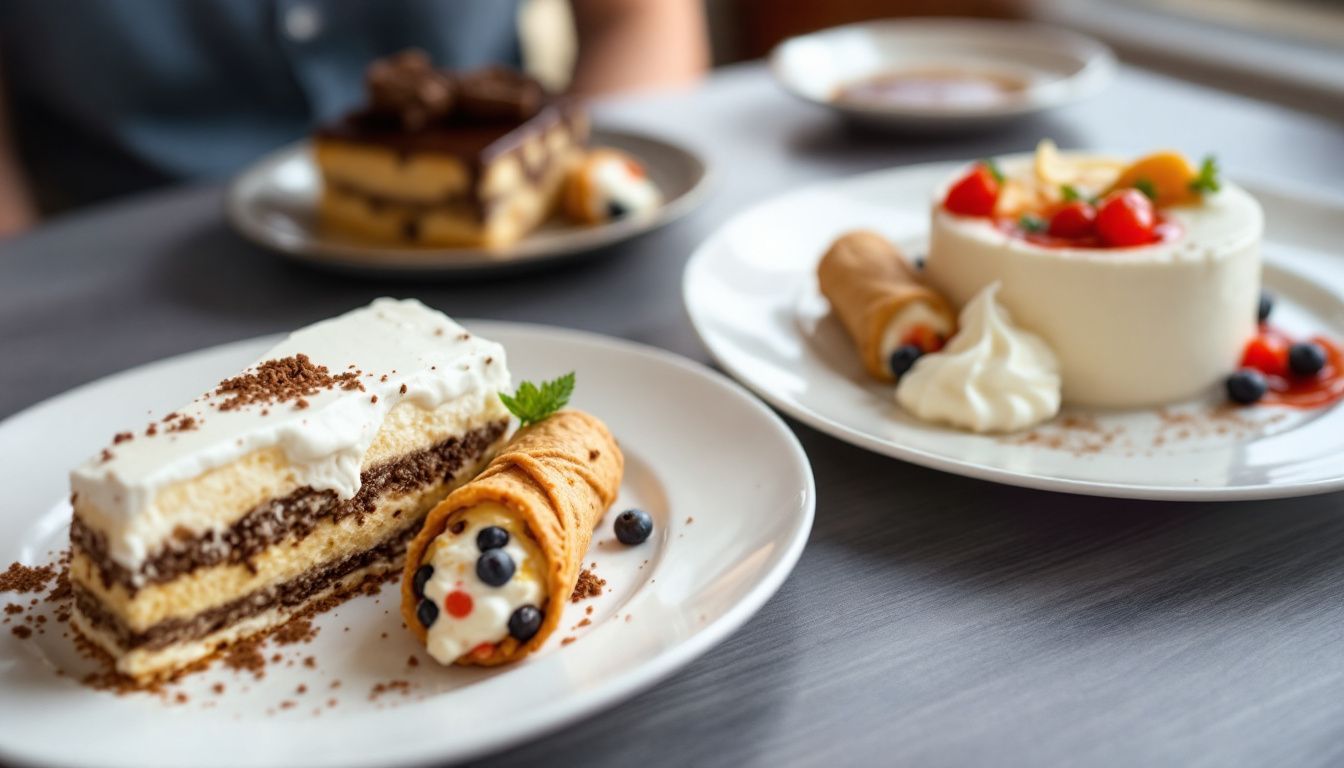
Sweet treats are a big part of Italian meals. From savory pumpkin pie to lemon-roasted asparagus, the choices are delightful and varied. Each dish has its own flavor that reflects the region it comes from, creating unique experiences for every bite…
Explore these options and savor the rich tastes!
Torta salata di zucca (Savory Pumpkin Pie)
Torta salata di zucca, or Savory Pumpkin Pie, is a delightful Italian dish. It showcases the rich taste of pumpkin in a flaky crust. This pie often features spices that enhance its flavor, making it perfect for any meal.
In Italy, this savory treat stands out as a beloved option on many menus. It may be served as an appetizer or part of the main course. You can find variations across different regions, showcasing local ingredients and traditions.
Enjoying torta salata di zucca brings a taste of Italy right to your table. Paired with fresh parsley and a side salad, it makes for a satisfying dish that’s both hearty and delicious.
It’s not just another pie; it’s an experience filled with flavors you won’t forget!
Lemon-Roasted Asparagus & Ravioli
Lemon-roasted asparagus pairs well with ravioli. This dish adds a fresh twist to any Italian meal. The bright lemon flavor enhances the tender asparagus, giving it a burst of taste.
Ravioli, filled with cheese or meat, brings comfort and heartiness to the plate.
Together, these elements create balance. They show how secondi piatti can be both light and filling at once. Contorni dishes like this are common in Italy. They serve as tasty sides that complement main courses such as chicken saltimbocca or braised beef with shallots and carrots.
Enjoying lemon-roasted asparagus with ravioli is a great way to experience classic Italian cuisine!
Almond crusted plaice with asparagus, peas and spinach avocado cream
Almond crusted plaice is a delicious dish. This fish is coated with crunchy almonds. It pairs well with tender asparagus and sweet peas. Together, they create a tasty combination that excites the palate.
The spinach avocado cream adds a creamy touch. It complements the fish while enhancing its flavor. As part of Italian cuisine, this dish showcases how fresh ingredients shine in each bite.
Enjoying it as part of secondi piatti makes for an authentic meal experience!
Which classic Italian dishes are best for a homemade Italian meal?
For a homemade Italian meal that captures the spirit of classic Italian cuisine, consider building your menu around these beloved dishes, each representing a different course or regional specialty. These recipes are approachable for home cooks and deliver authentic flavors.
Starters (Antipasti)
Bruschetta: Toasted bread topped with fresh tomatoes, basil, olive oil, and garlic—a simple, crowd-pleasing appetizer.
Caprese Salad: Slices of ripe tomato, mozzarella, basil, olive oil, and a sprinkle of salt. This salad is easy to prepare and highlights the quality of your ingredients.
First Course (Primi Piatti)
 Cacio e Pepe: A Roman pasta classic made with just pasta, Pecorino Romano cheese, and black pepper. It’s quick, uses pantry staples, and with a bit of practice, is easy to master at home.
Cacio e Pepe: A Roman pasta classic made with just pasta, Pecorino Romano cheese, and black pepper. It’s quick, uses pantry staples, and with a bit of practice, is easy to master at home.
Spaghetti Carbonara: Made with eggs, pancetta, Pecorino Romano, and black pepper—no cream. It’s rich, creamy, and deeply satisfying.
Lasagna al Forno: Layers of pasta, meat ragù, béchamel sauce, and cheese. This is a crowd-pleaser and ideal for family gatherings.
Risotto: Creamy rice dish, often made with mushrooms or saffron (Risotto alla Milanese). It’s a comforting and versatile option.
Main Course (Secondi Piatti)
Osso Buco alla Milanese: Braised veal shanks cooked with vegetables and white wine, a Milanese specialty perfect for Sunday lunch.
Parmigiana di Melanzane (Eggplant Parmesan): Layers of fried eggplant, tomato sauce, and cheese, baked until bubbling. A great vegetarian main.
Baked Fish or Chicken Cacciatore: Simple preparations like oven-baked fish with herbs or chicken braised with tomatoes and vegetables are both classic and manageable at home.
Side Dishes (Contorni)
Roasted Vegetables: Seasonal vegetables roasted with olive oil and herbs.
Simple Green Salad: Dressed with olive oil, lemon, and salt.
Desserts (Dolci)
 Tiramisù: Layers of coffee-soaked ladyfingers and mascarpone cream. This no-bake dessert is a perennial favorite and easy to assemble ahead of time.
Tiramisù: Layers of coffee-soaked ladyfingers and mascarpone cream. This no-bake dessert is a perennial favorite and easy to assemble ahead of time.
Panna Cotta: Silky cream dessert, set with gelatin and served with berries or caramel sauce.
Biscotti or Biscottini: Twice-baked cookies, perfect for dipping in coffee or dessert wine.
Recommended Menu Structure for a Homemade Italian Meal
Course Dish Example
Antipasto Bruschetta, Caprese Salad
Primo Cacio e Pepe, Lasagna, Risotto
Secondo Osso Buco, Parmigiana di Melanzane
Contorno Roasted Vegetables, Green Salad
Dolce Tiramisù, Panna Cotta, Biscotti
These dishes are celebrated for their flavor, simplicity, and ability to bring people together. They are also flexible—choose a few based on your time, ingredients, and preferences for an authentic Italian meal at home
How can I make a simple yet impressive homemade lasagna?
You can make a simple yet impressive homemade lasagna by following a classic, streamlined approach that delivers rich flavor and beautiful layers without complicated steps. Here’s a proven method based on top-rated recipes:
Simple Homemade Lasagna Recipe
Ingredients
12 lasagna noodles (regular or oven-ready)
 1 pound ground beef (or half beef, half Italian sausage for extra flavor)
1 pound ground beef (or half beef, half Italian sausage for extra flavor)
1 onion, diced
2–3 cloves garlic, minced
36–40 oz pasta or marinara sauce (store-bought or homemade)
2 tablespoons tomato paste (optional, for richer sauce)
2 teaspoons Italian seasoning
15 oz ricotta cheese (or cottage cheese)
1 large egg
4 cups shredded mozzarella cheese (divided)
¾ cup Parmesan cheese (divided)
¼ cup chopped fresh parsley (optional)
Salt and pepper
Instructions
Preheat Oven & Prep Noodles
Preheat oven to 350°F (175°C).
Boil lasagna noodles in salted water until al dente. Drain and lay flat on parchment or wax paper to prevent sticking.
Make the Meat Sauce
In a large skillet, cook ground beef (and sausage, if using) with diced onion over medium-high heat until browned. Drain excess fat.
Add garlic and cook for 1 minute.
Stir in pasta sauce, tomato paste, and Italian seasoning. Simmer for 5–10 minutes until slightly thickened. Season with salt and pepper to taste.
Prepare the Cheese Mixture
In a bowl, combine ricotta cheese, 1½ cups mozzarella, ¼ cup Parmesan, egg, parsley (if using), and a pinch of salt and pepper. Mix until smooth.
Layer the Lasagna
Spread 1 cup of meat sauce on the bottom of a 9×13-inch baking dish.
Add a layer of noodles (about 3–4 noodles).
Spread ⅓ of the ricotta mixture over the noodles.
Top with 1 cup of meat sauce and a sprinkle of mozzarella.
Repeat layers (noodles, ricotta, sauce, mozzarella) two more times.
Finish with a final layer of noodles, remaining sauce, and top with remaining mozzarella and Parmesan cheese.
Bake
Cover with foil and bake for 45 minutes.
Remove foil and bake an additional 15 minutes until the top is golden and bubbly. For extra browning, broil for 2–3 minutes at the end.
Let the lasagna rest for at least 15 minutes before slicing—this helps it set and makes serving easier.
Tips for Impressiveness and Ease
Use both beef and Italian sausage for a richer, more complex flavor.
Fresh herbs like basil or parsley add a burst of color and freshness.
Letting the lasagna rest before cutting ensures neat, attractive slices.
Garnish with extra Parmesan and chopped parsley for a restaurant-style finish.
Serving Suggestions
Pair your lasagna with garlic bread and a simple green salad for a complete Italian meal.
This method gives you a classic, crowd-pleasing lasagna that’s easy enough for weeknights but impressive enough for guests—no advanced skills required
Conclusion
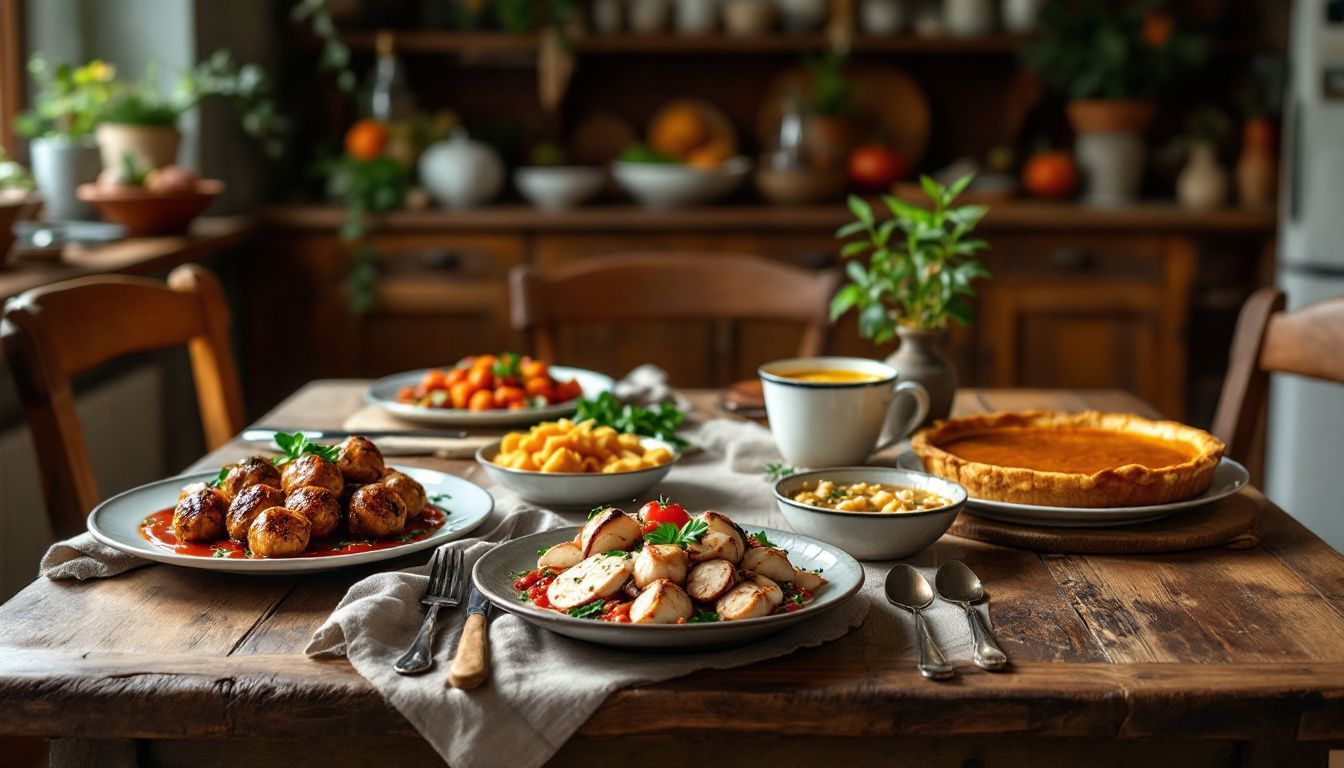
I Secondi Piatti and Dolce are essential parts of Italian meals. We explored delicious dishes like veal meatballs, grilled octopus, and chicken saltimbocca. Each dish shines with unique flavors and traditions from different regions in Italy.
Desserts like savory pumpkin pie bring sweetness to the end of a meal. Enjoying these foods enhances your dining experience at home or in a restaurant. Embrace the joy of Italian cooking—it’s simple, fun, and rewarding!
For more insights into the vibrant culture that shapes regional variations in Italian cuisine, particularly in secondi piatti, explore our comprehensive guide on Northern Italy’s rich history and stunning landscapes.
FAQs
1. What are I Secondi Piatti and Dolce in classic Italian dishes?
I Secondi Piatti and Dolce refer to the second main course and dessert, respectively, in a traditional Italian meal sequence. The secondo piatto often includes meat-based items like ground beef while dolce features sweet treats.
2. How does making I Secondi Piatti involve browser security or Google Analytics?
Well, it doesn’t directly! However, if you’re looking up recipes online for I Secondi Piatti or Dolce using your browser, ensuring good security practices is important… And websites providing these recipes might use tools like Google Analytics to improve user experience.
3. Can parsley be used in preparing classic Italian dishes such as I Secondi Piatti?
Absolutely! Parsley is a common ingredient in many cuisines including Italian… It can add an extra layer of flavor to your ground beef dish for example…
4. Why do some recipe sites ask for my email address when browsing through classic Italian dishes?
Many recipe sites offer newsletters with more recipes or cooking tips… They may request your email address to send these updates directly into your inbox.
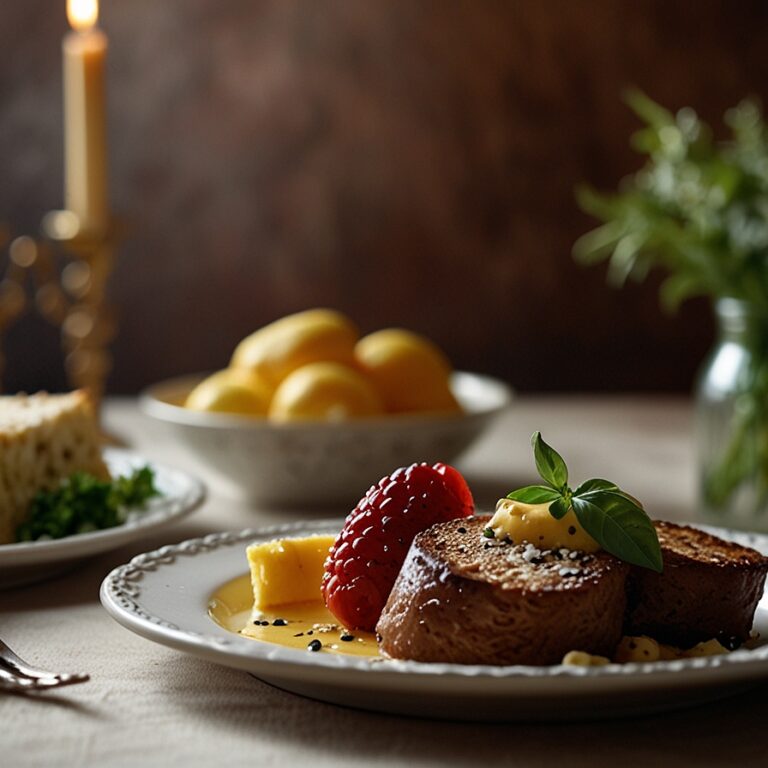
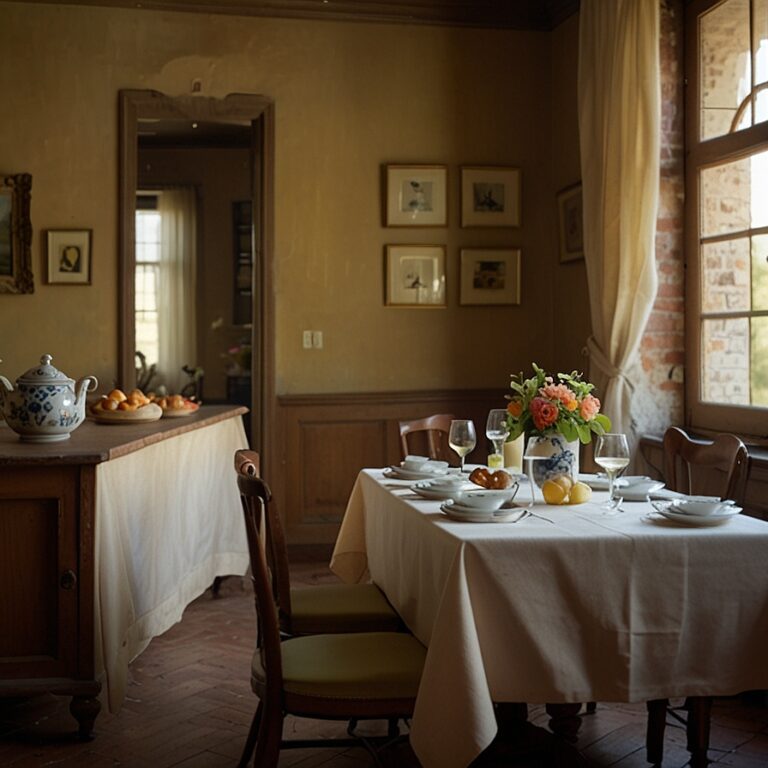


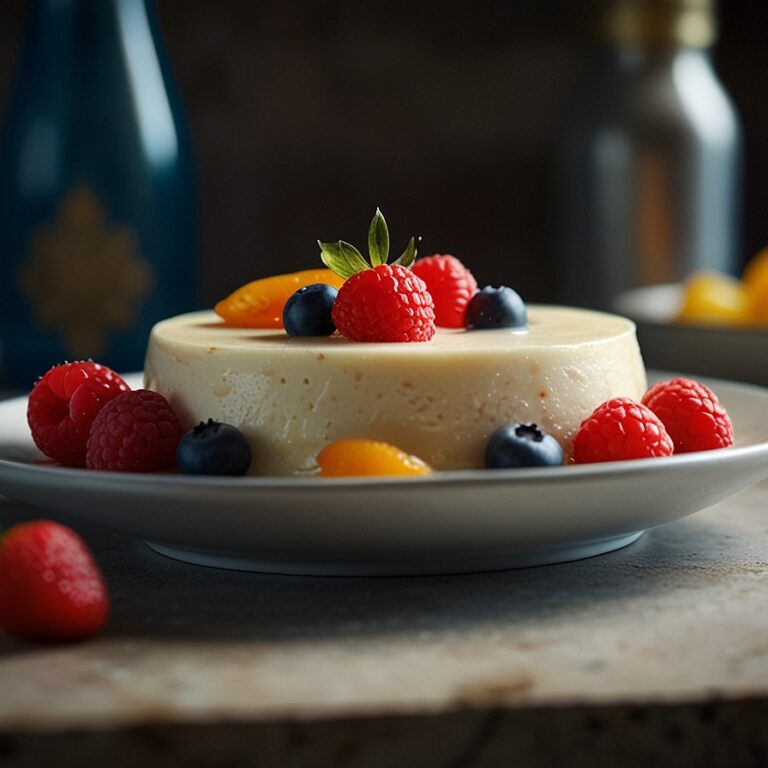
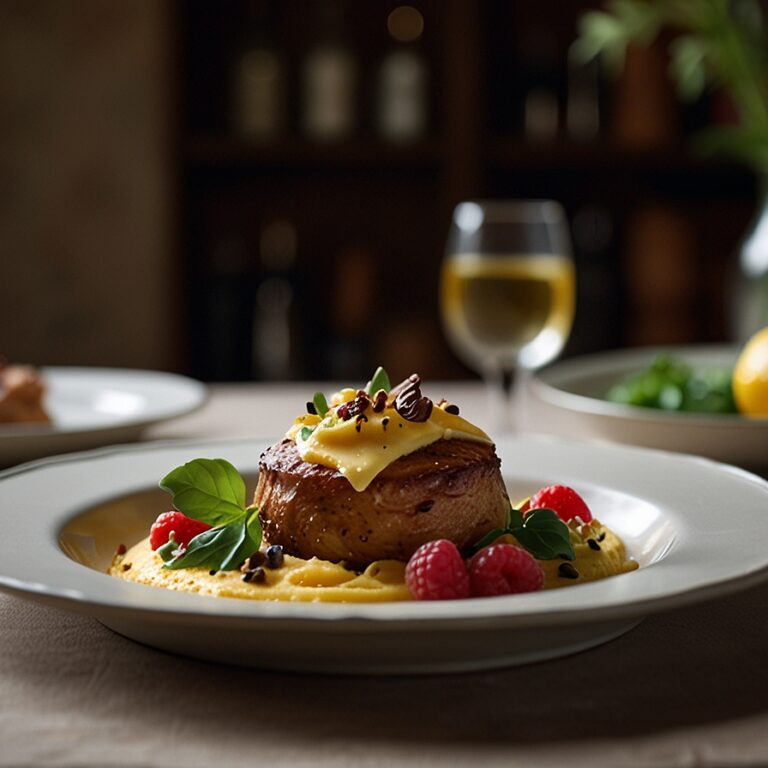






 Cart is empty
Cart is empty 






